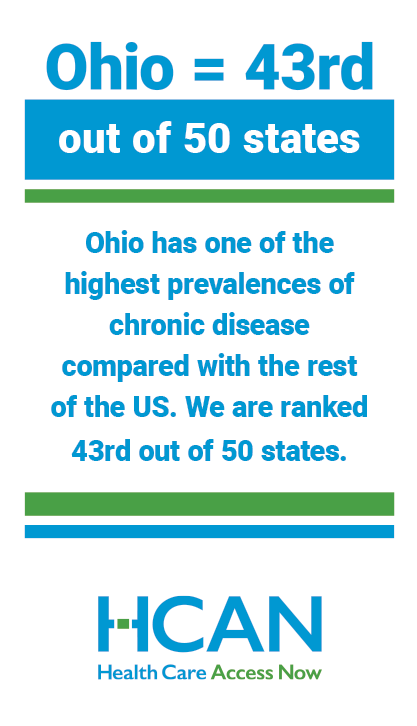What Is a Chronic Illness?

Six in 10 Americans are living with conditions that limit the way they live or require regular medical attention. When these kinds of conditions develop slowly over time and last for longer than a year, they are referred to as chronic disease.
Chronic disease should not be confused with acute conditions, which develop suddenly and last only a short time.
Chronic vs. acute illnesses
Examples of acute conditions include a bout with the flu or a sprained ankle. They’re ordinarily caused by infection or injury. Examples of chronic illnesses include heart disease, cancer, diabetes, chronic obstructive pulmonary disease (COPD), chronic kidney disease, asthma, and arthritis.
Here’s an example that compares the two: If you break a bone after a fall, and your bones are otherwise healthy, that’s an acute condition. However, if you have osteoporosis, a condition in which “bone mineral density and bone mass decreases,…[which] can lead to a decrease in bone strength,” you have a chronic disease. Osteoporosis increases the risk of fractures.
Most common chronic illnesses in Ohio
Chronic disease is a serious issue in Ohio, which “ranks among the worst for cancer deaths (40th [in the U.S.]), cardiovascular deaths (39th), and diabetes (31st).”
“Ohioans have a higher prevalence of chronic disease compared with the [rest of] the United States,” according to the Ohio Department of Health. The prevalence of these conditions have been increasing over time. Ohio is ranked 43 out of the 50 states in multiple chronic conditions.
Social drivers of health and chronic disease
The social drivers of health (those “conditions in the environments where people are born, live, learn, work, play, worship, and age that affect a wide range of health, functioning, and quality-of-life outcomes and risks”) contribute to the likelihood of a person developing a chronic condition.
Negative social drivers of health, such as poverty, can affect someone’s chances of having a chronic disease. For example, adults have been found to be significantly more likely to have a chronic disease if their household is food insecure—and the worse the food insecurity is, the more the likelihood of having a chronic disease.
A study that compares chronic disease prevalence of homeowners versus renters found “the odds of having chronic health conditions among renters were higher than those of homeowners.” This was true of chronic heart disease, diabetes, asthma, stroke, and kidney disease.
Chronic illnesses can be difficult to manage. Community Health Workers, such as those trained by Health Care Access Now, can help people with those difficulties, such as providing education and helping people through the complex health care system. This work can help people follow their treatment plans more closely and thus improve health.







